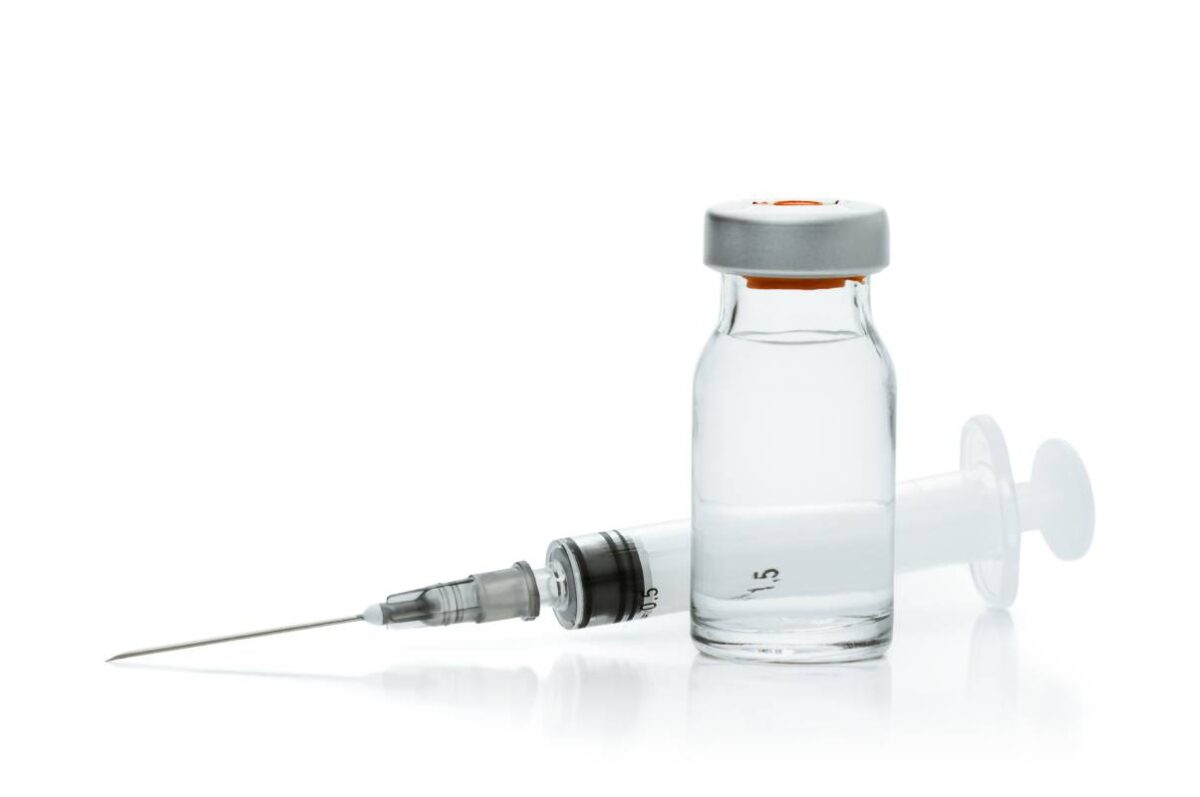Epinephrine as an Adjuvant to Anesthetics

While nerve blocks are widely used alongside anesthesia, its effect may last only up to a few hours, and increasing the dose to prolong the block may result in adverse side effects on the cardiovascular or central nervous systems 1. Therefore, an adjuvant to anesthetics is often used because of its synergistic effect with anesthetics, prolonging the duration of sensory-motor blocks and limiting the dose requirement of local anesthetics. Over time, local anesthetics of choice have evolved from classical opioids to a number of drugs with varying mechanisms of action 2. Epinephrine, opioids, alpha-2 adrenergic antagonists, steroids, anti-inflammatory drugs, midazolam, and ketamine, among others, have been used to augment the effect of local anesthetics. Among these, epinephrine has been commonly used as an adjuvant to anesthetics for a few reasons.
One of the oldest additives to local anesthetic solutions, epinephrine potentiates local anesthetics through its anti-nociceptive properties mediated by alpha-2 adrenoreceptor activation 3, alongside its vasoconstrictive properties which limit the systemic reabsorption of local anesthetics and thus prolong anesthetic action 4. It has a recommended dosing of 0.5-1.0 μg/kg 5.
One study found that using lidocaine with high-dose epinephrine (200 μg/mL) for an axillary block prolonged motor block and sensory block by approximately 25-40 minutes but increased the incidence of tachycardia and hypertension. A lower dose of 25 μg/mL, however, had a minimal effect, prolonging a motor block by only 10 minutes and a sensory block by just 30 minutes 6. Another study found that, when added alongside mepivacaine for a brachial plexus block, epinephrine prolonged a motor and sensory block by approximately one hour 7. However, epinephrine has not been found to prolong blockade with ropivacaine and does not match up to other adjuvants, such as clonidine, in the prolongation of a brachial plexus block with bupivacaine 8,9.
In addition, as an adjuvant, epinephrine can be added to local anesthetics to detect intravascular injection. As such, it has played a significant role in preventing the inadvertent intravascular administration of local anesthetic solutions. However, the recent surge in the routine use of ultrasonography in nerve blocks has decreased its utility in these contexts.
A few limitations on the use of epinephrine as an adjuvant to anesthetics remain. Not only may perineural administration of epinephrine incur detrimental effects to the nerves of patients who are smokers or who suffer from diabetes mellitus or hypertension 10, but also epinephrine in too high a dose may be neurotoxic.
A lower dose of epinephrine might be just as effective at prolonging its anesthetic effects while limiting the hazards associated with its unintentional intravascular injection. To this end, one study concluded that 1.25 μg/mL of epinephrine, when coinjected with clinical doses of bupivacaine and levobupivacaine, resulted in a comparable vasoconstrictor effect in human skin to that of higher concentrations 11.
Further research is warranted to investigate how to address ongoing challenges linked to the use of epinephrine as an adjuvant to anesthetics. In this context, research will particularly need to focus on minimizing its deleterious effects.
References
1. Jeon, Y. H. The use of adjuvants to local anesthetics: Benefit and risk. Korean Journal of Pain (2018). DOI: 10.3344/kjp.2018.31.4.233
2. Swain, A., Nag, D. S., Sahu, S. & Samaddar, D. P. Adjuvants to local anesthetics: Current understanding and future trends. World J. Clin. Cases (2017). DOI: 10.12998/wjcc.v5.i8.307
3. Collins, J. G., Kitahata, L. M., Matsumoto, M., Homma, E. & Suzukawa, M. Spinally administered epinephrine suppresses noxiously evoked activity of WDR neurons in the dorsal horn of the spinal cord. Anesthesiology (1984). DOI: 10.1097/00000542-198404000-00001
4. Cazaubon, Y. et al. Population pharmacokinetics of articaine with 1:200,000 epinephrine during third molar surgery and simulation of high-dose regimens. Eur. J. Pharm. Sci. (2018). DOI: 10.1016/j.ejps.2017.11.027
5. Jöhr, M. & Berger, T. M. Caudal blocks. Paediatric Anaesthesia (2012). DOI: 10.1111/j.1460-9592.2011.03669.x
6. Dogru, K. et al. Hemodynamic and blockade effects of high/low epinephrine doses during axillary brachial plexus blockade with lidocaine 1.5%: A randomized, double-blinded study. Reg. Anesth. Pain Med. (2003). DOI: 10.1016/S1098-7339(03)00225-6
7. Song, J. H. et al. Comparison of dexmedetomidine and epinephrine as an adjuvant to 1% mepivacaine in brachial plexus block. Korean J. Anesthesiol. (2014). DOI: 10.4097/kjae.2014.66.4.283
8. Weber, A., Fournier, R., Van Gessel, E., Riand, N. & Gamulin, Z. Epinephrine does not prolong the analgesia of 20 mL ropivacaine 0.5% or 0.2% in a Femoral three-in-one block. Anesth. Analg. (2001). DOI: 10.1097/00000539-200111000-00060
9. Eledjam, J. J. et al. Brachial plexus block with bupivacaine: effects of added alpha-adrenergic agonists: comparison between clonidine and epinephrine. Can. J. Anaesth. (1991). DOI: 10.1007/BF03036962
10. Myers, R. R. & Heckman, H. M. Effects of local anesthesia on nerve blood flow: Studies using lidocaine with and without epinephrine. Anesthesiology (1989). DOI: 10.1097/00000542-198911000-00021
11. Newton, D. J., McLeod, G. A., Khan, F. & Belch, J. J. F. The effect of adjuvant epinephrine concentration on the vasoactivity of the local anesthetics bupivacaine and levobupivacaine in human skin. Reg. Anesth. Pain Med. (2004). DOI: 10.1016/j.rapm.2004.04.011
